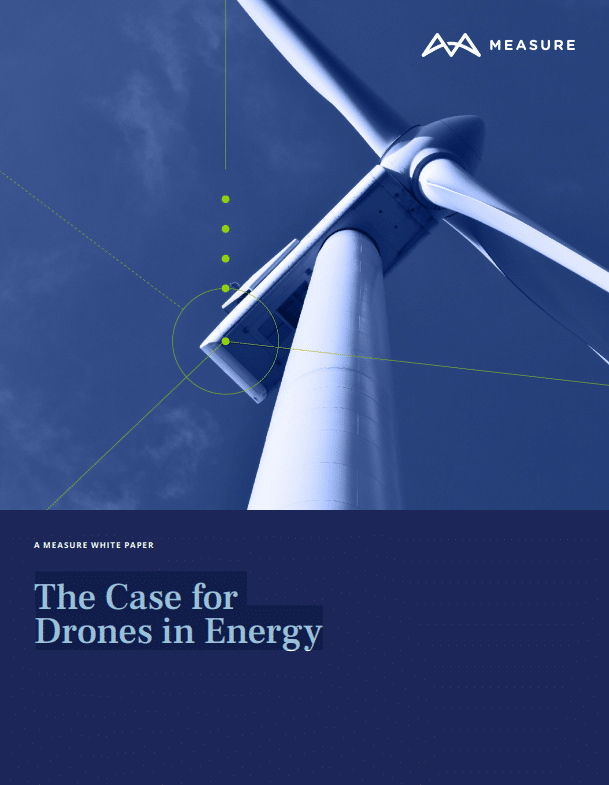
The word “drone” is no longer synonymous with “futuristic.” Since the Federal Aviation Administration (FAA) passed Part 107–regulation which opened the door for large-scale, licensed commercial drone work– the use of drones has been growing across the Energy sector. Lower upfront costs of equipment and the efficiencies they provide for existing operations have also catalyzed faster adoption.
Drones’ ability to provide real return on investment (ROI) across the energy industry is arguably less than two years old, yet we’re already seeing commercial drone use graduate from the fringe cases and internal exploratory studies to enterprise-wide programs being planned and implemented across large and medium-sized companies worldwide. More than an industry trend, drone programs truly offer better data to inform business decisions. They provide a practical solution for every day problems facing businesses in power Transmission and Distribution (T&D), Wind, and Solar, and they support business efforts to avoid hazardous man-hours; reduce costs for maintenance, inspections, and repairs; and improve efficiencies and core competencies across operations.
The value of drones is in the data they provide. The ability to capture photos of equipment is helpful, but it’s everything that happens with those photos that is the magic of an integrated drone data program.
